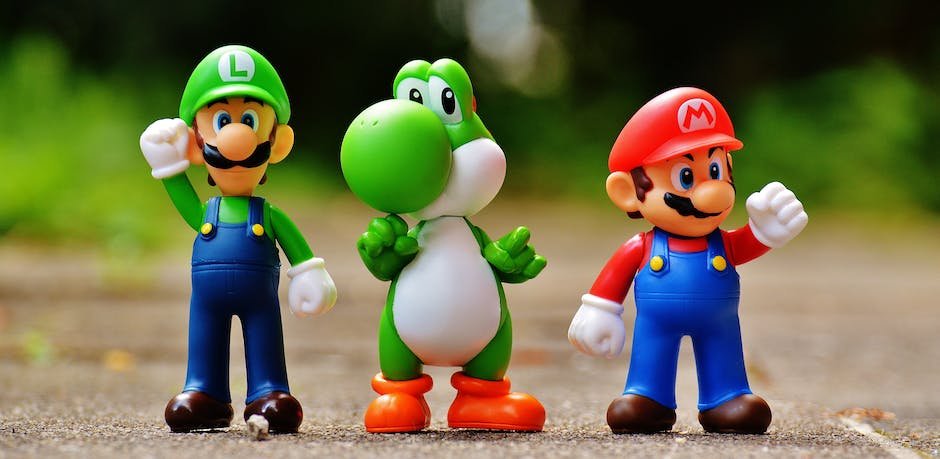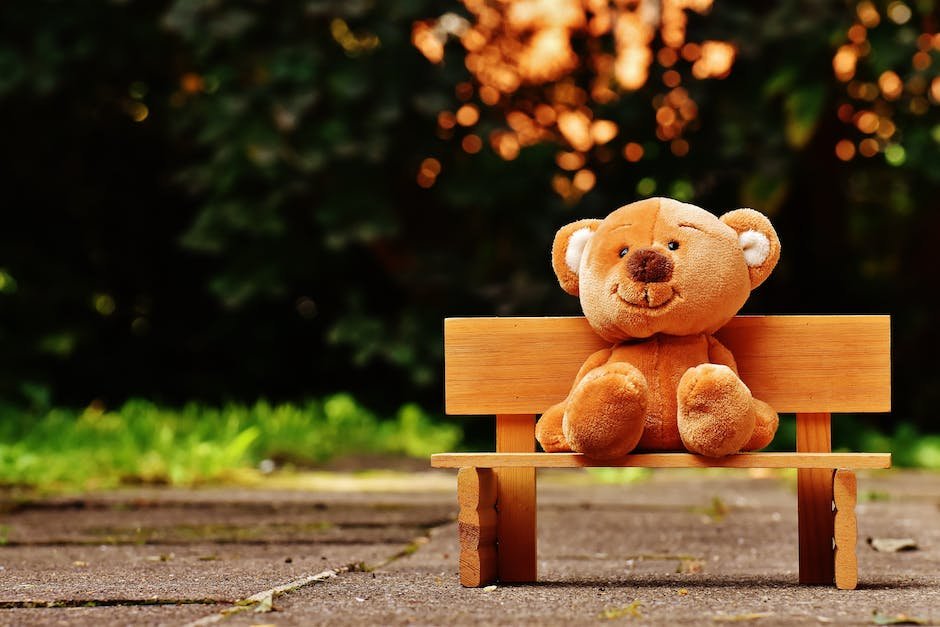
Autism Spectrum Disorder, a complex developmental condition, presents itself through unique challenges in each individual, delineating a wide spectrum of behaviors, strengths, and difficulties. Among these, a common behavior observed in autistic children is the captivating yet perplexing activity of toy hoarding. Having a clear comprehension of autism is fundamental to understand this phenomenon. Rooted in the challenges they face with transitions and changes, comfort in repetition and routines, and their strong attachments to specific objects, these children possess a captivating world of their own. Moreover, coming to terms with this behavior and knowing when to recognize it becomes an essential part of navigating parenting an autistic child.
Understanding Autism
Understanding Autism: Its Impact on a Child’s Behavior and Interaction
Every child is a kaleidoscope of uniqueness, bringing forth a myriad of hues and shades in their personalities. Part of this natural variance includes children on the autism spectrum. These little souls offer a unique perspective on life that, when understood and nurtured, can brighten our collective human mosaic. So, let’s take some time to delve into what autism is and how it affects a child’s behavior and interaction.
Autism Spectrum Disorder, often referred to simply as autism, is a complex, multifaceted neurodevelopmental condition. It typically manifests in early childhood and is characterized by challenges in social interaction, communication, and repetitive behaviors.
Remember, every child’s experience with autism is unique, somewhat like snowflakes – no two are the same. Some children may have difficulty with speech and nonverbal communication, while others may exhibit strong language skills but struggle with understanding how to use language in a social context. Some might engage in repetitive movements, while others might resist change in their environments or daily routines.
It’s also imperative to understand that not all behaviors related to autism are challenges. Often regarded as ‘special interests’, children with autism might show an intense passion or knack for a particular subject or activity- a trait that, when guided correctly, could bloom into something extraordinary.
Social interactions often pose quite a challenge due to differences in understanding facial expressions, body language or maintaining a conversation. In turn, this can sometimes lead to feelings of confusion and frustration for them. It’s key here to shower these kiddos with patience and love and remember that they’re trying their best.
Empathy is a magic wand here. The world can be an overwhelming place for any child, but especially for a child on the autism spectrum. Playing music lower, using softer lighting, and providing plenty of reassuring cuddles can go a long way to help soothe their distress.
Support and love are the cornerstones of effectively parenting a child with autism. As with any other child, their comfort, happiness, and progress are what matter the most. Therapies, interventions, and educational programs can be tailored to suit the unique needs and strengths of the child, leading to brighter outcomes.
Admittedly, parenting a child with autism can sometimes be challenging, but it is a journey filled with exceptional moments of pure joy, surprising victories, and unconditional love. By understanding what autism is and how it impacts a child’s behavior and interaction, parents, caregivers, and educators can better support these amazing little ones, helping them shine brightly on their own unique spectrum.
Caring for a child with autism truly epitomizes Mahatma Gandhi’s quote: “The greatness of humanity is not in being human, but in being humane.” It reminds us of the need to be more understanding, inclusive, and accepting of differences as well as teaching these values to our children. After all, it’s these differences that make each of us special and our world a varied, beautiful, and interesting place to live in.

Toy Hoarding Behavior in Autistic Children
Identifying Hoarding Behavior in Autistic Children: A Closer Look
Autism Spectrum Disorder, a diverse neurological phenomenon, often presents unique behaviours such as hoarding. Hoarding? It’s when someone excessively collects items, no matter the value, and has an aversion to discarding them – a behavioral trait that can emerge from an early age. With children on the spectrum, hoarding can be more than just an occasional fascination but a significant characteristic that requires a keen eye to identify.
Recognizing hoarding behavior in children with autism begins by understanding certain signals. One such indicator involves consistent and excessive collecting or stashing behaviors. It could involve all sorts of items – toys, rocks, paper scraps, even pieces of string. Notice if your child seems distressed at the idea of giving or throwing anything away, this could be a clear sign of hoarding tendencies.
Similarly, be observant of their attachment to items. If a child perceives even seemingly insignificant objects as uniquely invaluable and insists on keeping them, it could indicate the onset of hoarding behavior.
From an outsider’s perspective, the areas where the child stores these items might seem uncharacteristically untidy or cluttered. If you notice these areas multiplying or items continually displaced to make room for more “collectibles,” there lies an explicit sign. It’s also worth noting if they feel a strong need for control over their environment and their possessions which can be viscerally upsetting if disrupted.
However, dear reader, it’s not all about identifying these behaviors but also understanding the ‘why’ behind them. Hoarding in autistic children might be an outlet for coping with their anxieties, to gain some semblance of control over their world, or a manifestation of their special interest. In other words, their collections may serve as comforting reminders of familiar themes or experiences.
Managing hoarding behavior in autistic children often involves a strategic and gentle approach. For instance, consider offering designated spaces for their collections, or suggest a limit to the number of items they can collect. Reinforcing these limit-setting behaviors can potentially help manage their hoarding tendencies without causing distress.
Above all, approaching this issue with patience and compassion is essential. Recognize that these behaviors aren’t deliberate or spiteful, they are coping mechanisms, a means to feel secure and in control. So, gently guide them towards healthier habits, always maintaining open lines of communication.
Remember, each child with autism is an individual, possessing their own distinct traits and feelings, including those who exhibit hoarding behavior. By understanding and accepting these differences, parents can provide the love and tailored support these beautiful minds so rightly deserve. Enjoy their uniqueness. Love their individuality. After all, as they say, it takes a whole spectrum to make a rainbow!

Root Causes behind Autistic Children Hoarding Toys
Unraveling the Complexities: Hoarding Behaviors in Autistic Children
Unveiling the enigma of autistic children hoarding toys starts with a deeper understanding and acknowledgement of the diverse range of characteristics that define Autism Spectrum Disorder. One less commonly examined behavior, yet no less significant, is the tendency for some autistic children to hoard items, particularly toys. Indeed, this behavioral pattern poses unique hurdles and heartwarming learning curves in the journey of parenting autistic children.
Unraveling the puzzling tendency for autistic children to hoard toys begins with taking note of distinct behaviors. Often, it’s not just any items that are gathered, but specific ones that align with the child’s interests. This manifests as an accumulation of toys, which can appear disorderly and overwhelming to the untrained eye. But to the child, these collections are highly organized troves of comfort and familiarity.
Hoarding in autistic children, as complex as it may seem, is, at its core, a strategy for coping with a world that often feels chaotic and confusing. The toys, for them, create a sense of routine and predictability, providing a valuable source of security. Each toy possesses its individual importance, forming part of an organized process that brings order to their world.
Comprehending why autistic children engage in hoarding is tantamount to helping them navigate through the rich tapestry of their unique experience. Just like any child, they strive for control and understanding of their surroundings. Given their heightened sensory awareness and the potential for social interaction to be overwhelming, amassing toys can act as a buffer zone. Essentially, this fortress of toys serves as a sanctuary from unpredictable social factors, maintaining a realm of control and predictability over their environment.
As we delve into strategies for handling hoarding behavior, it’s essential to approach them with abundant patience, understanding, compassion, and above all, communication. Rather than attempting to erase the behavior altogether, acknowledge its significance in the child’s life, bearing in mind that it’s a form of adaptation, a mechanism for managing their world.
Iterative steps can then be taken, focusing not on eradicating hoarding but to introduce a pattern of organization that benefits everyone in the household. This can be as simple as providing designated storage for the child’s toy collection. Such inclusive measures help the child feel acknowledged and respected, fostering their confidence and a sense of belonging.
Above all, remember to appreciate the individuality of each child. Embrace their unique ways of experiencing and interacting with their surroundings. While hoarding behavior can admittedly pose challenges, it also allows a remarkable glimpse into the world as perceived by the child, offering enriching experiences and touching moments of connection.
Let’s not forget, each autistic child’s journey is an unscripted adventure, and parents play an integral role. With understanding, inclusivity, patience, and an abundance of love, you’ll find that the rewards far outweigh the challenges. The importance of accepting the individuality of autistic children, specifically those exhibiting hoarding behavior, cannot be overstressed. After all, it is these differences that make our children beautifully unique, genuinely them, and the reasons we cherish them so much.
Navigating the intricate path of parenting autistic children is indeed filled with joys and rewards. Equipped with the right tools and endless compassion, parents can help their child shine, showcasing their talents, broadening their horizons, and ultimately, building a happier and more harmonious family life.

Impact of Hoarding on Autistic Children
Having already established the foundations of understanding and empathy through various aspects of raising a child with Autism Spectrum Disorder (ASD), a look at some unique challenges faced by these families reveals an opportunity for further growth and learning. One such challenge can be hoarding behavior, which although may seem perplexing or disruptive, has a significant bearing on the development and well-being of an autistic child.
Hoarding, in the context of autism, can manifest differently and be motivated by various reasons. For instance, a fear of change or a desire for control might drive a child to hoard items as a way to cope with the turbulent world around them. It’s also worth noting that autistic children can form deep connections with objects that might not make sense to others. Seemingly ordinary items like spoons, buttons, or pebbles may serve as comfort objects for autistic children, preventing them from feeling overwhelmed.
However, hoarding can pose certain challenges, not only materially, but psychologically too. A cluttered environment can be distracting or anxiety-inducing for a child, and could interfere with their regular activities and engagement with others.
It’s essential to address hoarding behavior, not by forcing a drastic change but through understanding and gradual intervention. Remember, it’s not about removing their safety net completely; rather, it’s about introducing them gently to new ways of managing their belongings. Consider creating designated areas for their collections and maintaining a routine for organizing.
Furthermore, sometimes the items being hoarded may pose hygiene or safety issues, therefore it’s crucial to strike a balance between maintaining cleanliness and respecting your child’s attachment to their belongings. Sensitively involve them in decisions about their hoarded items, creating a respectful dialogue around the subject.
Communication, patience, and compassion are key to approaching autistic children with hoarding behavior. The process might take time, and there may be moments of resistance, but remember, you’re playing a crucial role in helping your child navigate the world with their unique sensory experiences.
Another crucial aspect to understand is that hoarding can often be a key expression of individuality for an autistic child. Acknowledging this can ease the communication process with the child and also help you appreciate their distinct world. Shedding any preconceived judgments and embracing their uniqueness has the potential to strengthen not just your relationship but their self-esteem as well.
Finally, in managing hoarding behaviors, parents can become the pillars of support that an autistic child needs. It’s through these unique challenges that families can build stronger bonds, learn to adapt and tailor their responses to the individual needs of the child, and in the process create a harmonious and nurturing home environment.
Understanding, managing, and respecting hoarding behavior moves families from a place of disruption towards one of deeper connection and acceptance. Remember, it’s not just about managing the behavior – it’s about fostering patience, communication, and love, in ways that celebrate each child’s individuality and unique way of interacting with the world.

Addressing Toy Hoarding: Strategies and Approaches
The Perspective of Autistic Children on Toy Hoarding
Being familiar with the world of autism, we all know the importance of routines, rituals, and “sameness”. Autistic children often experience the world differently than neurotypical peers, finding a certain routine and predictability in toys that provide them great comfort. However, this attachment can sometimes lead to what appears as toy hoarding behavior in autistic children, where they collect, protect, and vigorously guard their toys – much more than regular play objects.
Understanding this seemingly peculiar behavior can seem daunting for parents and caregivers. But as is the case with many aspects of autism, understanding often begins with putting ourselves in their shoes. For many autistic children, their toys are more than mere playthings. They are a source of comfort, stability, and familiarity in a world that can often feel confusing and unpredictable. The practice of collecting toys could give them a sense of autonomy, and the joy they find in each piece of their collection is individual and unparalleled.
Guiding not Grappling with Hoarding Behavior
Bearing this in mind, addressing toy hoarding behavior should be less about curtailing and more about creating balance. It becomes essential, then, to approach the situation with compassion, patience, and understanding. Ripping away their collected comforts may breed resentment, anxiety, and increase meltdowns.
Instead, parents can guide their children by creating designated areas for their collections. This not only provides a structured space for their treasures but also introduces them to the concept of organization – a skill that will serve them well in the future. While introducing such changes, maintain open communication with the child explaining the benefits of organization, and praise them as they adapt to the new arrangement.
The Power of Gradual Intervention
The weight of this task may seem overwhelming for parents, but remember, Rome wasn’t built in a day. Gradual intervention is key in this process.
Start small by limiting the number of toys that can be taken out at once, or the number of new toys added to the collection at a time. Gradually, this could shift towards systematic rotation of toys so that the child gets to play with all of their toys without feeling overwhelmed.
The Role of Parents: Be the Support they Need
It’s not wrong for a child, autistic or not, to form attachments to their toys. But as parents, the task lies in ensuring these attachments do not impede their overall development and well-being.
Once accepted, this behavior can be molded into something invaluable, teaching the child future skills of organizing, managing, and letting go when the time is right.
Reframing the lens from ‘handling’ the hoarding behavior to ‘guiding’ the child in managing it can make the journey less taxing for parents and pleasant for the child.
Above all, through all the complexities that come with raising a child with autism, it’s the joy of watching them grow, understand, and navigate their world that makes it a rewarding ride. Together, parents and children can set out on this journey, appreciating the distinct ways an autistic child experiences the world and building stronger bonds as a family in the pursuit of building a harmonious and nurturing home environment.
In conclusion, parenting never came with a rule book, and parenting a child with autism might need a revised edition of that non-existing rule book. But in the end, it’s all about love, patience, understanding, and above all, respecting the uniqueness of your child. So let’s learn, adapt, and grow together in their distinctive, wonderful world. Remember, when a parent’s love is the foundation, the tallest towers of obstacles appear surmountable. Let’s build that home filled with warm love and understanding, one brick at a time.

While toy hoarding might seem like a daunting obstacle in an autistic child’s journey, navigating this complex behavior can be achieved with substantial understanding and patience. The informed use of strategies and methods can positively transform this behavior into a breeding ground for adaptive skills and resilience. As we recognize the impact of toy hoarding on children’s life and their surroundings, we also need to remember the crucial role played by understanding and foster adaptation to assure their well-being and progress. Ultimately, seeing beyond the hoarding behavior and understanding the child’s unique world of experiences enlightens us of their inherent strengths and potential, encouraging acceptance, support, and nurturing of their distinctive perspectives on life.




